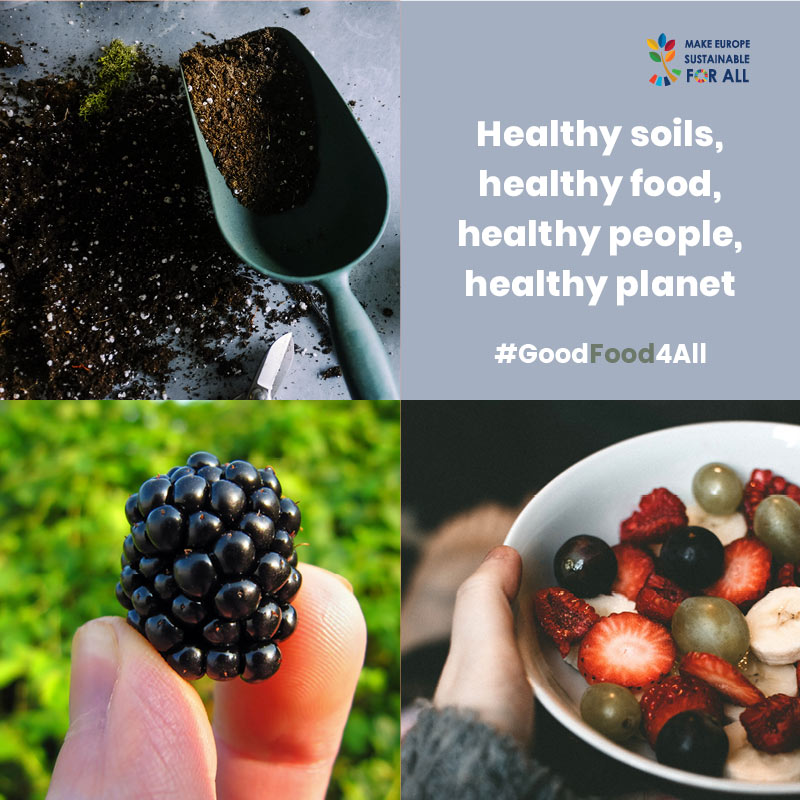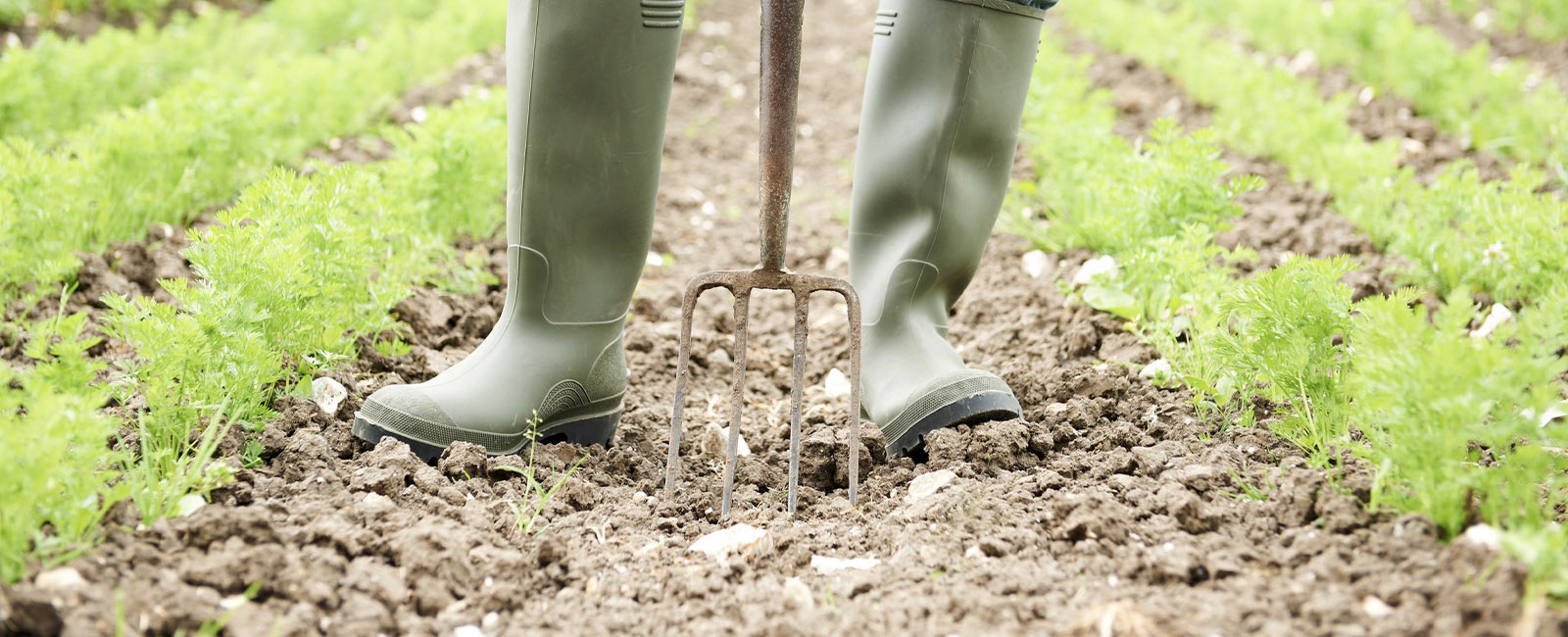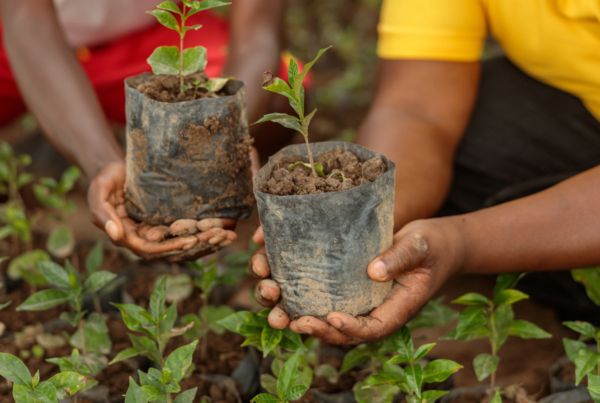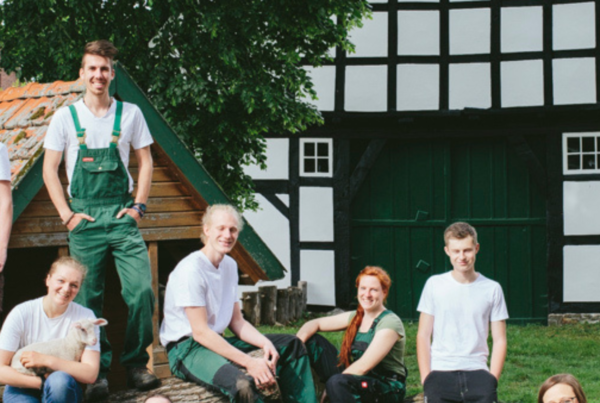The Sustainable Development Goals (SDGs) are the blueprint to achieve a better and more sustainable future for all. They address the global challenges such as those related to poverty, inequality, climate, environmental degradation, prosperity, and peace and justice.
Healthy soils are key to biodiversity, food security and play a fundamental role in fighting climate change, thereby an essential ingredient for achievement of the Sustainable Development Goals.
Soils and Sustainable Development
All agriculture depends on soil related ecosystem services such as nutrient cycling and water regulation. SDG 2 (Zero hunger) is the first goal that springs to mind as it connects soils, food production, and healthy living.
Soils also fulfil a large number of functions and ecosystem services that link them to other goals such as SDG 1 (No poverty), SDG 3 (Good health and wellbeing), SDG 6 (Clean water and sanitation), and SDG 13 (Climate action). SDG 15 (Life on Land) calls for restoring degraded land and soil and striving to achieve a land degradation-neutral world.
Maintaining organic carbon rich soils, restoring and improving degraded agricultural lands and, more generally, increasing soil carbon, play an important role in addressing the threefold challenge of food security, adaptation of food systems and people to climate change, and mitigation of anthropogenic emissions.
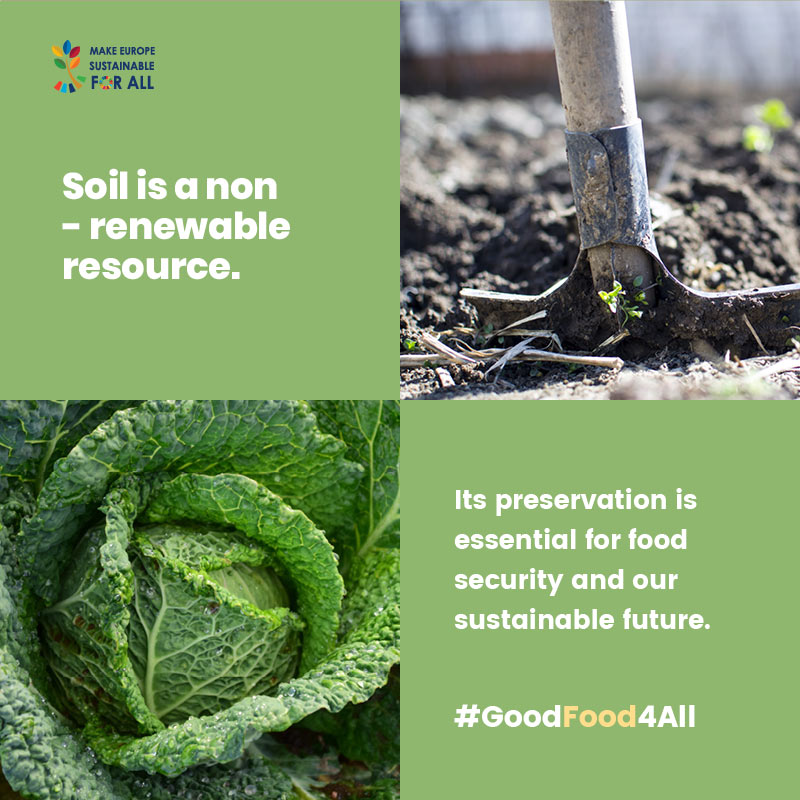
Soil Degradation
Despite the vital role soils play in our food and farming systems, short-sighted chemical fertilizer applications in conventional farming are depleting soils at an alarming rate. Pesticide residues are contaminating soils. In addition, soil biodiversity is being reduced by intensive agriculture, making soils less efficient and more sensitive to weather events such as extreme drought and rainfall.
A glance at Europe and we see that we are losing an area the size of Berlin, at 1 meter depth, of soil every year. This is costing farmers €1.2 billion. Significant areas of EU farmland are facing salinization and desertification, with 32-36% of European subsoils highly susceptible to compaction. Land and soil degradation have major implications for climate change, and undermine efforts to achieve the Sustainable Development Goals.
Around 45% of the mineral soils in Europe have low or very low organic carbon content (0-2% organic carbon), while soil contamination affects up to three million sites. Soil erosion affects 25% of agricultural land in the EU and increased by some 20% between 2000 and 2010, and this while soil holds 1/4 of all biodiversity on earth.
In order to align sustainable development with healthy soils we need:
You can learn more in the factsheet Agriculture Policy Must Maintain and Restore Healthy Soils, published in the scope of the Good Food for All campaign.
